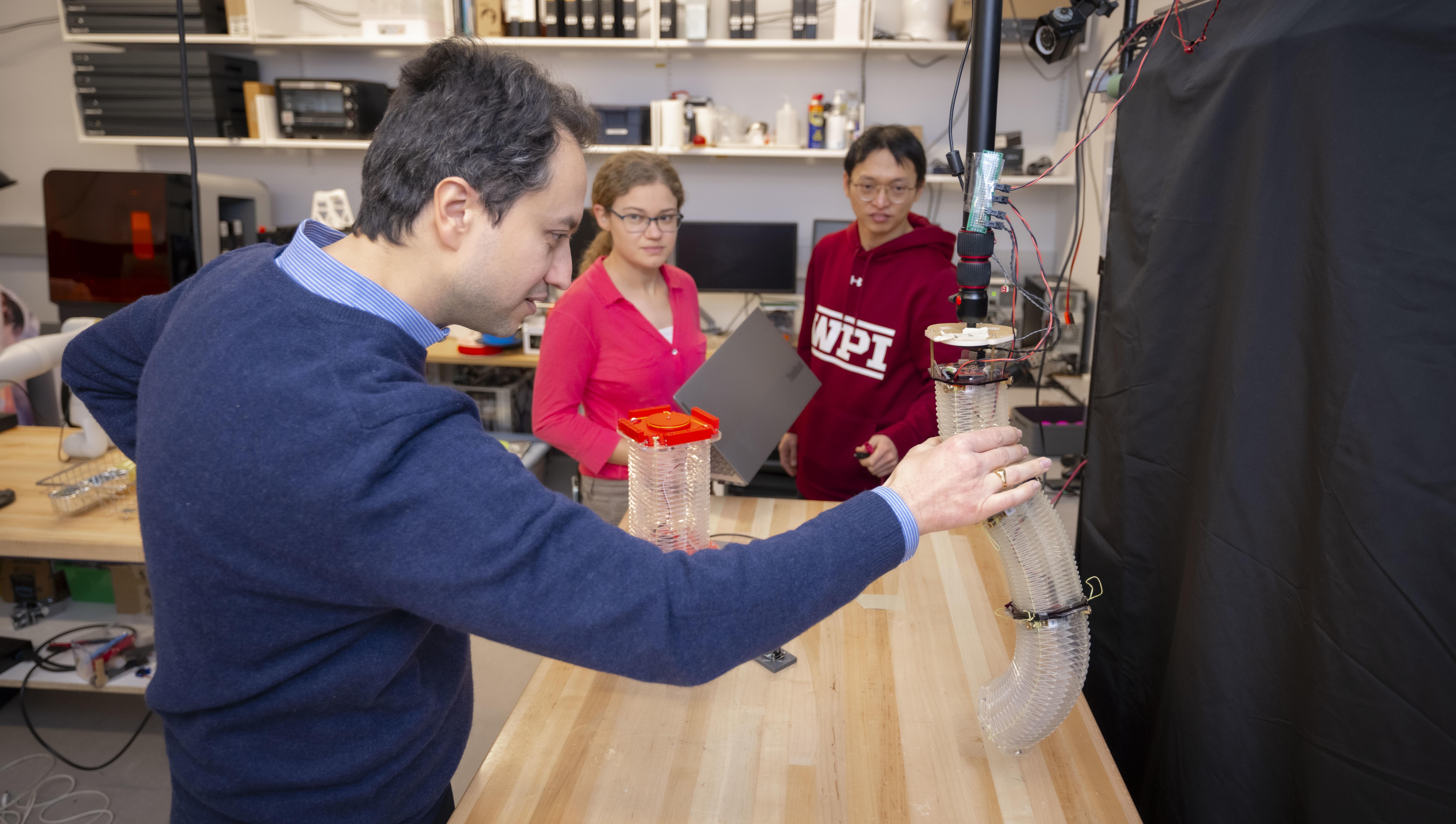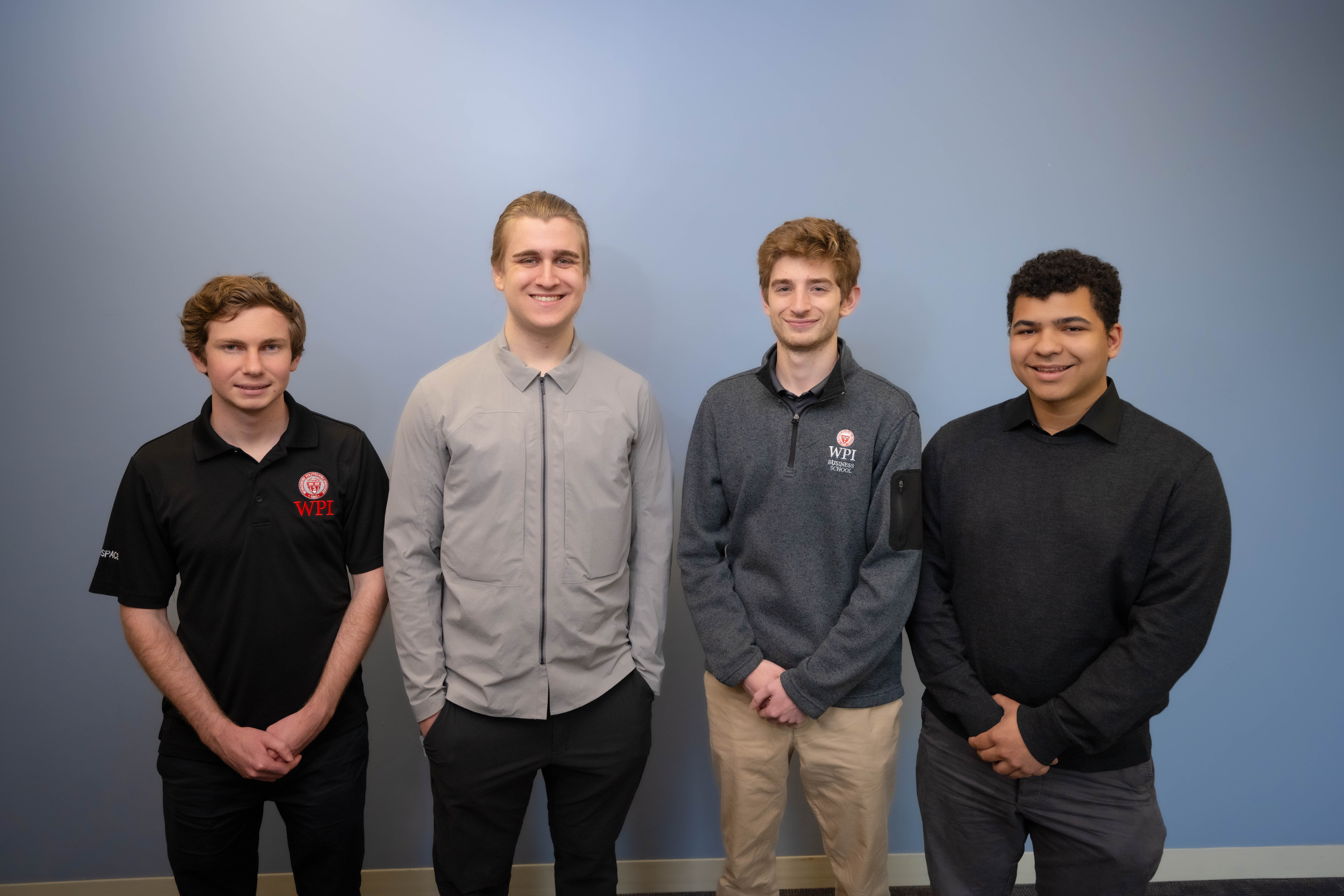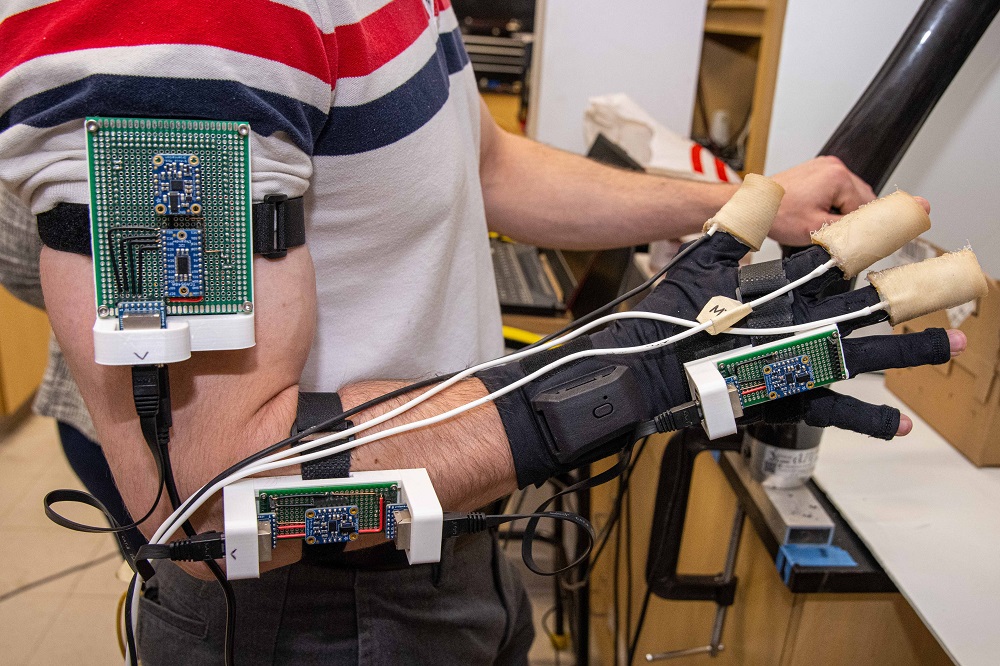Try this experiment: put a paper cup filled with water on a table then close your eyes and try to pick it up. You'll probably move your hand slowly in the direction of the cup until your fingers just make contact. Then, you'll then gently encircle the cup with your hand, being careful not to squeeze too hard as you lift it, which could distort the cup and cause the water to spill.
That seems simple enough, but what you've just done was well beyond the capability of robots before Eduardo Torres-Jara, assistant professor of computer science and robotics engineering at WPI, began thinking about the problems of robot manipulation. In research that began when he was a doctoral candidate and postdoctoral researcher at MIT, and has continued in his laboratory at WPI, he has developed novel tactile sensors that give robotic manipulators the ability to feel their environment.
Much like human fingertips, the sensors are soft and flexible and can conform to objects they touch. And like our fingers, they contain a network of sensors that can detect forces in multiple axes and provide feedback that can help a robot determine the size and shape of the object, know how firmly it is being grasped, and tell whether it is being deformed as it is gripped. The sensors, made from silicon and fairly simple electronics, are also inexpensive and easy to manufacture.
In his work with robots, Torres-Jara is inspired by nature and takes cues from how biological systems—including the human body—have solved some of the problems that robots face as they perform specific tasks. For example, in developing robotic arms, he took note of the fact that while typical robotic arms are rigid, our own arms are lithe and flexible and able to respond to and manipulate objects with remarkable finesse.
He is currently developing arms that use novel designs that give them the ability to move in multiple axes and the springiness and dexterity needed to make contact with objects gently, without distorting or damaging them. In combination with his biologically inspired tactile sensors, the arms would be well-suited for jobs that require the delicate manipulation of objects (everything from surgery to picking up soil samples on another planet), work that is difficult, if not impossible, for most robots today.
- Torres-Jara spoke about the challenges of this work in an invited talk at the National Academy of Engineering's Japan-America Frontiers of Engineering conference in Osaka, Japan, in June 2011.



